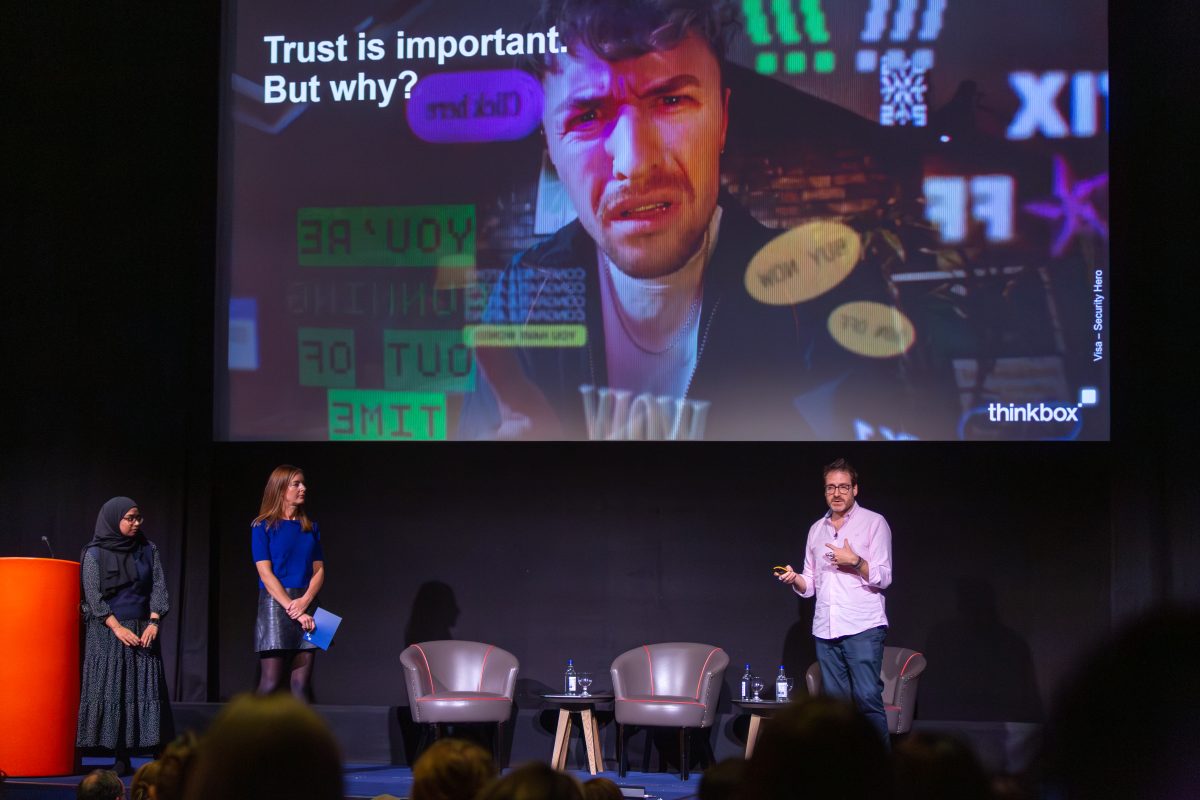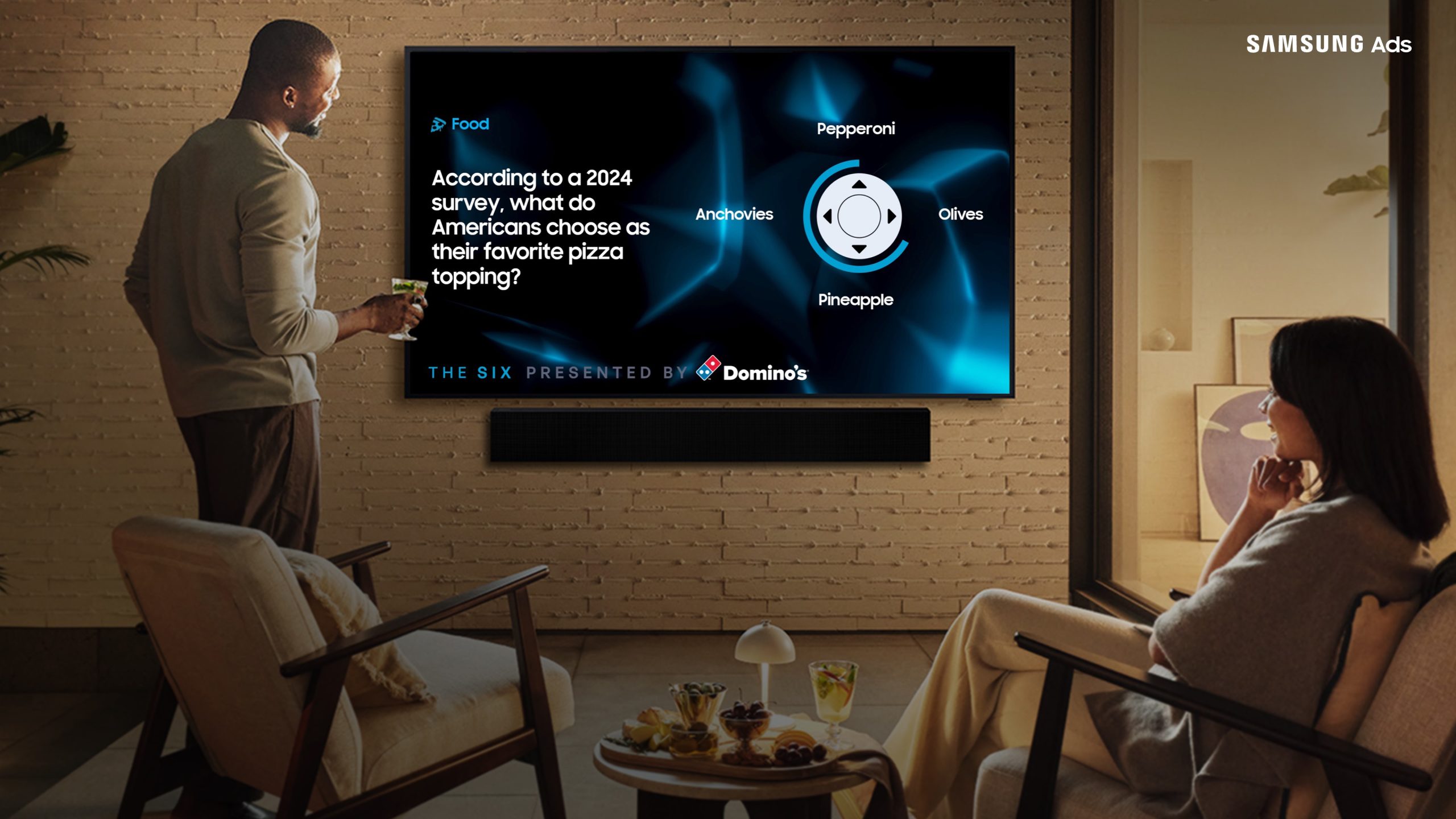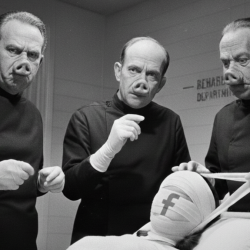Speaking at a Thinkbox event in London on 5 November, Wavemaker’s strategy partner, Faye Longega told the room that her research showed a huge age divide in trust in brands, with under-35s trusting brands 12% more on average than 35- to 78-year-olds.
But a closer look at the data suggests a generational divide in what trust in a brand means, rather than because younger people are more trusting.
Asked for their most-trusted brands, over-35s were likely to name organisations like the Royal National Lifeboat Institution, Macmillan Cancer Support, and PayPal. The only retailer that came up was Boots, which is also a pharmacist.
Under-35s’ most trusted brands were found to include some similar names: Lloyds Bank, for example, and Cancer Research, which appeared on both lists. However, much more of the under-35s choices were regular retail brands like Tesco and Prime.
Thinkbox’s chief strategy officer, Elliott Millard, argued that this data suggests that for over-35s, ‘trust is a filter’. It is harder for brands to become trusted with this demographic. For ‘more risk-tolerant’ under-35s, he argued, trust is ‘a minimum requirement’ and not enough to get them to buy.
This may be accurate, but I’d argue that the list of most trusted brands might show something altogether different: a misalignment in the definition of trust. Over-35s naming charities, payment services and pharmacists are listing brands that they trust ethically, trust with the safety of their customers or users. Under-35s, listing supermarkets and online retailers, are more likely to be naming brands that they trust to deliver on the promised goods.
Despite the prevailing wisdom of the last few decades that younger shoppers have higher demands on businesses’ virtuousness, winning the trust of younger generations is a matter of business, not ethics. For older cohorts, it’s the opposite. While it may be true that younger consumers are more drawn to businesses that match their own moral values, this might not be relevant to their willingness to give a brand their trust.
Does this data complicate Millard’s suggestion? He argues that to target over-35s, advertisers need to ‘double down on trusted channels’ like TV and audio, to break through that trust filter. For under-35s, he says that while trusted channels will support other kinds of advertising, it’s more important to have good creative, be distinctive, and have a brand story that appeals to more online demographics.
If our suggestion of why different age groups trust the brands they do is correct, there may be more advertisers can get from it, however. More than working with trusted channels, marketing aimed at over-35s might benefit from focusing on the brand’s values, its customer-first approach and its social impact. For under-35s, it could be more valuable to highlight reliability, capacity and customer service.
Image by Anastasia Shuraeva on Pexels.






















